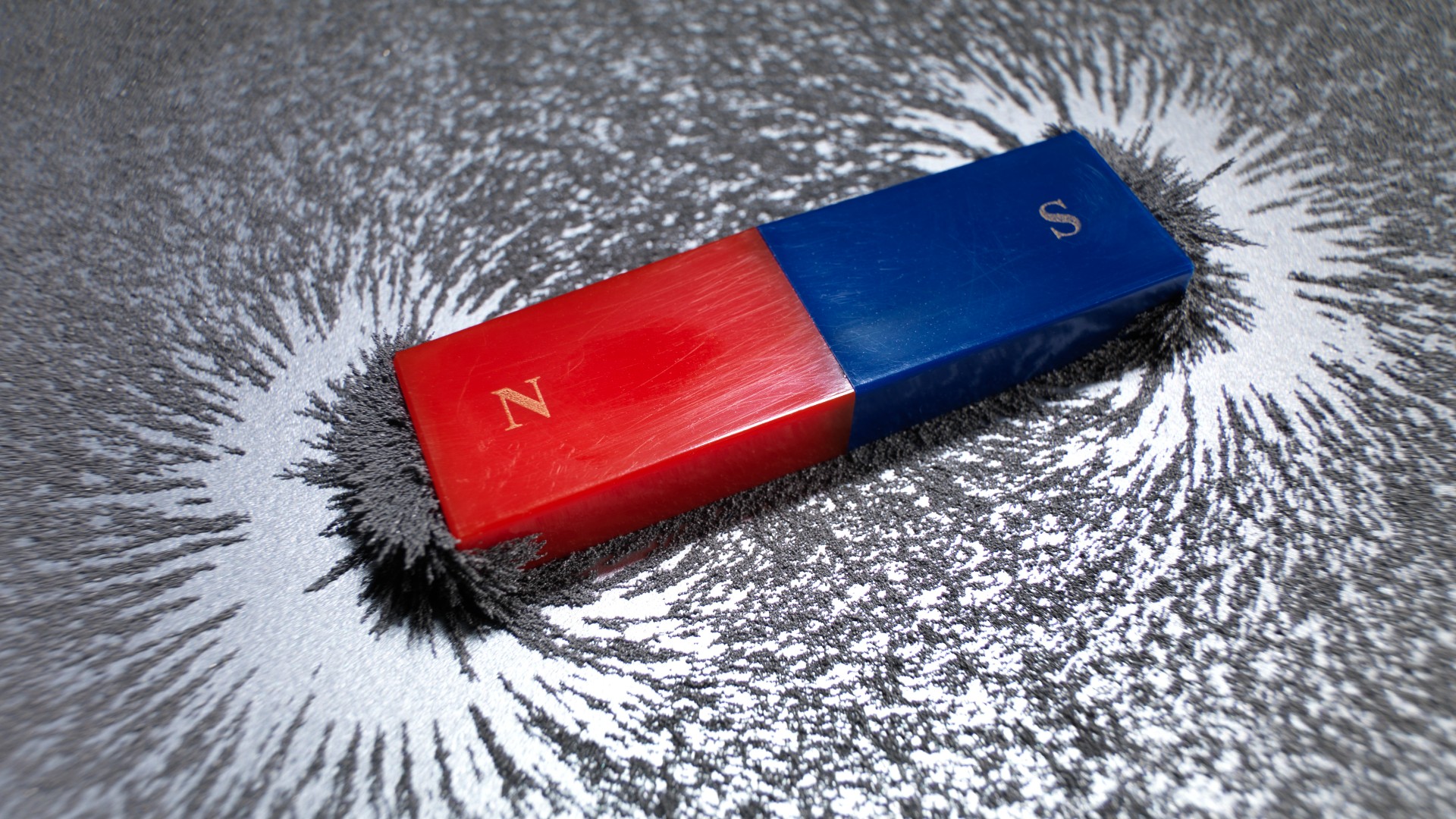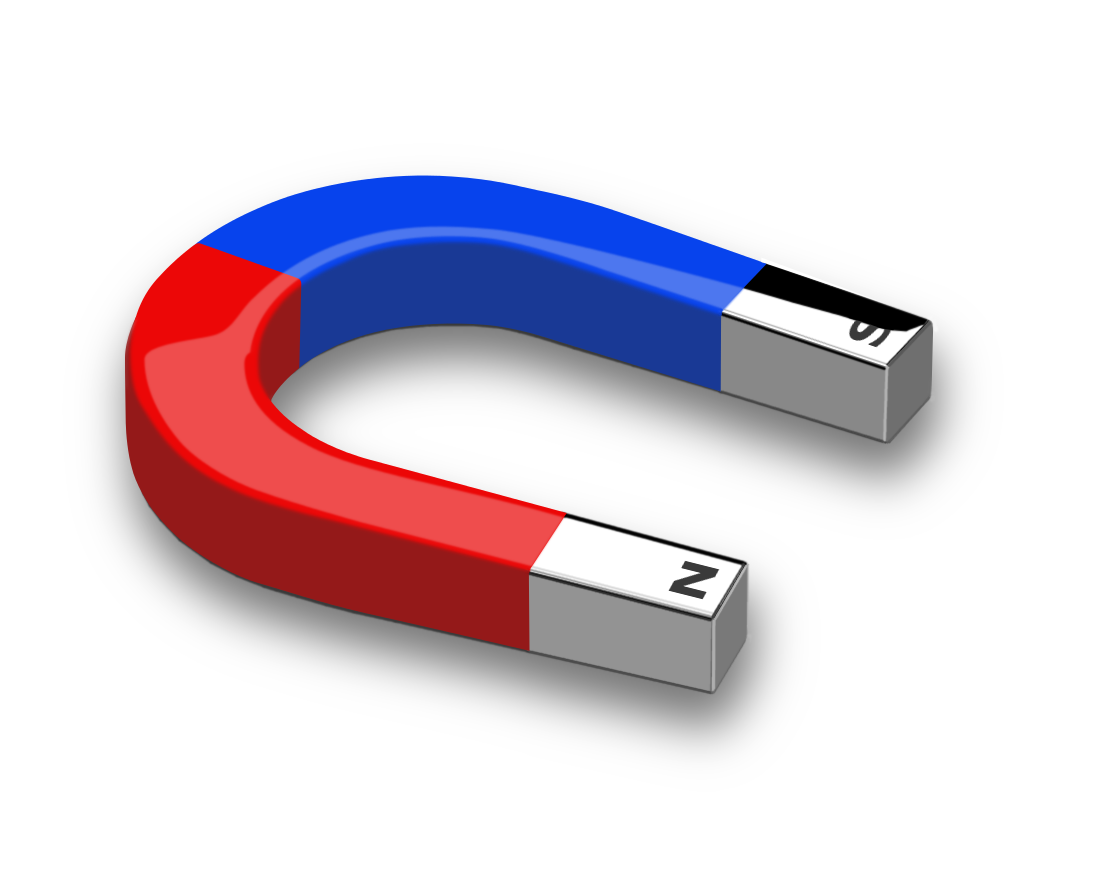Exploring 'Magnet Menopause': An Unusual Connection?
Have you ever stopped to think about the unseen forces that shape our lives, or perhaps, the surprising ways different ideas can come together? It's a rather interesting thought, isn't it? Today, we're going to talk about something that might sound a little bit out of the ordinary: "magnet menopause." You might be wondering, what exactly does that mean? Well, it's a chance to look at two distinct, yet in a way, fascinating concepts.
We'll be looking at the world of magnets, those objects that can pull things close or push them away with an invisible field. And then, we'll gently explore menopause, a very real and natural shift in a woman's life. So, how do these two ideas, seemingly so far apart, connect? It's almost like trying to find the common ground between a powerful magnet and a quiet, personal journey.
This article will help us understand both of these topics a bit better, drawing on what we know about magnets and their properties, and then turning our attention to the changes that come with menopause. We'll try to see if there's any kind of metaphorical pull or shift that links them, or if it's just a playful way to talk about two very different things. Anyway, let's get started.
Table of Contents
- What Are Magnets, Anyway?
- The Digital Side of Magnets
- Understanding Menopause: A Natural Life Shift
- Is There a "Magnetic" Link to Menopause?
- Frequently Asked Questions About Menopause
What Are Magnets, Anyway?
When we talk about magnets, we're usually thinking about something that can stick to your fridge or pick up small metal bits. But what exactly are they? Well, as we learn from the text, a magnet is an object that makes a magnetic field. This field is unseen, but it's what gives a magnet its most noticeable trait: a force that pulls on other things, especially iron or steel. So, it's pretty much a material or object that has this special property.
The Basics of Magnetic Pull
Think about a compass and a bar magnet, or how you can make an electromagnet with a battery and a coil. These are all ways to see magnetism at play. The text mentions exploring these interactions, and how you can even change the magnetic field. It's really about how these objects create a force that can attract, hold, move, or even help you find things made of iron. That, is that invisible pull, the very essence of a magnet.
Different Kinds of Magnets
There's quite a variety when it comes to magnets. The text tells us about different kinds, like ceramic magnets, which are very common. Then there are the powerful neodymium magnets, known for being incredibly strong. We also hear about ferrite, samarium cobalt, and alnico magnets. Some magnets, called permanent magnets, keep their magnetism for a long time, like natural magnetite or artificial ones. Others are temporary, meaning they only become magnetic when a magnetic field is around them, and then they lose it. So, there's a type for almost every need, really.
Magnets in Our Everyday World
Magnets are everywhere, whether we notice them or not. The text points out that Magnet America, for instance, provides car magnets, refrigerator magnets, and buttons. There's also the idea of magnet fishing, which is a hobby where people use strong magnets to pull metal objects from bodies of water. Harbor Freight Tools, too, offers a wide range for home and hardware tasks. These tools, like individual magnets, help with convenience and getting things done. So, they're not just for science experiments, but for practical uses every day, you know?
The Digital Side of Magnets
Beyond the physical objects, the word "magnet" also pops up in the digital world. This is where things get a bit different, but still involve the idea of "attraction" or "pointing to something." The text talks a lot about this other kind of magnet, which is more about how we access information online.
Magnet Links and Torrenting
When you see "magnet:" at the start of a link, it's not about a physical pull. The text explains that "magnet" is a protocol name, and "xt" is short for "exact topic," pointing to a specific resource. It often comes with a "BTIH," which is a BitTorrent Info Hash, a way to identify a file. These magnet links are often used with torrenting, a method for sharing large files. Tools like qBittorrent, Motrix, BitComet, uTorrent, and FDM are mentioned in the text as software that supports these links. So, it's a bit like a digital signpost, really.
Connecting to Resources
These digital magnet links and BT seeds are a common way to get things like movies and games. The text mentions that people who like watching films and anime often use them. While some services, like Baidu Netdisk, used to have offline download features for these links, that's not always the case now. It's a way to connect to a network of shared resources, allowing you to download files. So, in a way, they still "attract" you to the content you're looking for, just in a digital sense.
Understanding Menopause: A Natural Life Shift
Now, let's shift our focus completely to menopause. This is a very real and natural part of life for women, a time of significant change. It's not something that happens all at once, but rather a process where a woman's body stops releasing eggs and her periods end. It's a bit like a major life chapter closing and a new one beginning.
What Happens During Menopause?
Menopause happens when a woman's ovaries stop making the hormones estrogen and progesterone. This typically occurs around the age of 45 to 55, though it can vary for each person. The lead-up to menopause, called perimenopause, can last for several years, with hormone levels fluctuating. It's a gradual shift, you know, not a sudden stop. This time marks the end of a woman's reproductive years, a rather significant biological event.
Common Experiences and Changes
Many women experience a range of physical and emotional changes during menopause. Hot flashes and night sweats are quite common, as are changes in sleep patterns. Some women also notice mood shifts, like feeling more irritable or anxious, or having trouble focusing. Every woman's experience is unique, of course, and the intensity of these experiences can differ a lot. It's a very personal journey, for sure.
Living Well Through This Time
While menopause is a natural process, there are many ways to manage the changes and feel your best. Simple things like eating a balanced diet, getting regular physical activity, and making sure you get enough sleep can make a big difference. Finding ways to manage stress, perhaps through mindfulness or hobbies, can also be helpful. It's about taking care of yourself and being kind to your body during this transition. You might find that small adjustments can lead to feeling much better, in some respects.
Is There a "Magnetic" Link to Menopause?
So, after talking about both magnets and menopause, you might still be wondering: is there a real connection? The text we're referencing, which explains magnets in detail, doesn't actually mention menopause or any health applications for magnets. It focuses on the physics of magnets, their types, and their digital uses. Therefore, we can't draw a direct, scientific link between the properties of magnets as described and the biological process of menopause from the information provided. It's just not there, you see.
However, we can think about it in a more abstract way. Just as magnets create invisible fields that cause attraction or repulsion, the hormonal shifts during menopause also create unseen changes within the body, affecting how a woman feels and experiences life. It's a time of significant shifts, a pulling away from one phase and a moving into another. While there are alternative therapies that sometimes involve magnets for various health conditions, it's very important to talk to a healthcare professional about any health concerns or before trying new approaches, especially for something as important as menopause. So, while the term "magnet menopause" might sound intriguing, it's mostly a way to bring two very different topics into a single conversation, perhaps to spark a bit of curiosity.
Frequently Asked Questions About Menopause
Because menopause is such a common and important part of life, people often have many questions about it. Here are a few common ones:
What are the first signs of menopause?
The first signs often include changes in your menstrual cycle, like periods becoming less regular, lighter, or heavier. You might also start to notice hot flashes, trouble sleeping, or mood changes. These can begin even before your periods stop completely, during the time known as perimenopause. It's pretty much your body getting ready for the big shift.
How long does menopause typically last?
Menopause itself is defined as having gone 12 consecutive months without a period. The symptoms associated with menopause, however, can vary in how long they last. Perimenopause can last for several years before menopause is reached. Postmenopause, the time after menopause, is for the rest of a woman's life, though many of the more uncomfortable symptoms tend to lessen over time. So, it's a process that unfolds over a period, naturally.
Can lifestyle changes help with menopause symptoms?
Absolutely, yes! Many women find that making certain lifestyle adjustments can really help manage menopause symptoms. Regular physical activity, eating a balanced diet rich in fruits, vegetables, and whole grains, and ensuring you get enough sleep are all very helpful. Reducing stress through things like meditation or deep breathing can also make a difference. These simple habits can go a long way in helping you feel better during this transition, actually.
Learn more about menopause on our site, and link to this page for more health insights.
For more general information on menopause and women's health, you might find resources from the Office on Women's Health helpful.

What is magnetism? Facts about magnetic fields and magnetic force

電磁模擬COMSOL AC/DC低頻電磁模組-皮托科技

Why are all metals magnetic? | Science Questions with Surprising Answers